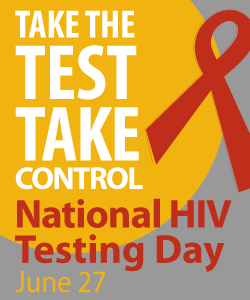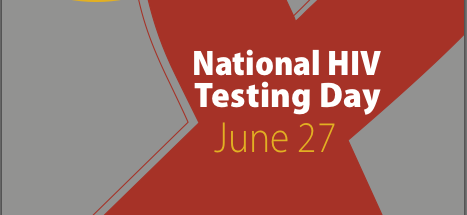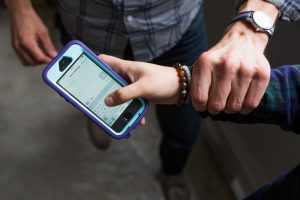LatinaLista — It used to be that a diagnosis of HIV was a death sentence. Those days are long gone. Today, medication is advancing the quality of life for people infected with human immunodeficiency virus or HIV. The only problem is they have to know they have HIV to benefit from it.

For example, it was recently reported that “the overall number of new AIDS cases over four years in Washington DC had dropped but the disease remains at epidemic levels. According to the latest health department data, African Americans in the District are far more likely to have the disease, 90 percent of all women with HIV are black, and an estimated 20 to 30 percent of the District’s HIV-positive population isn’t aware they are infected.”
The CDC estimates that overall 1.1 million Americans have HIV, but nearly 20 percent of them don’t know they are infected.
When it comes to the Latino community,a demographic disproportionately affected by HIV, the news is more mixed. The CDC reports that the rate of new HIV diagnoses among Latinos in the United States decreased by more than 4 percent annually between 2006 and 2009. But experts aren’t sure if the reason is due to fewer Latinos living with HIV accessing testing programs.
If that’s the case, the news is especially disturbing because “many Latinos who test positive progress to AIDS within a year. Specifically, those who are foreign born — compared with those born in the United States — are more likely to be diagnosed with advanced HIV disease within 12 months.”
For that reason, National HIV Testing Day (NHTD) was created. In its 19th year, NHTD, celebrated on June 27, is organized by the National Association of People with AIDS, with support from the Centers for Disease Control and AIDS.gov.
It serves as a yearly reminder to people who are sexually active, regardless of their age, that getting tested for HIV is the smart thing to do. While the ways to get HIV are numerous, it’s easier to share how HIV is not spread:
HIV cannot reproduce outside the human body. It is not spread by:
Air or water.
Insects, including mosquitoes. Studies conducted by CDC researchers and others have shown no evidence of HIV transmission from insects.
Saliva, tears, or sweat. There is no documented case of HIV being transmitted by spitting.
Casual contact like shaking hands or sharing dishes.
Closed-mouth or “social” kissing.
Organizers of NHTD work in conjunction with local communities to set up testing sites. Yet, for still too many, HIV carries a social stigma strong enough to discourage some from seeking public testing. So a new pilot program sponsored by the Centers for Disease Control and Prevention is underway offering free rapid HIV tests at pharmacies and in-store clinics in 24 cities and rural communities.
The testing is usually done in seclusion and each location can test 200-300 people.
In addition to getting tested, the CDC also recommends:
- Getting tested once a year, or more often if you have more than one sex partner, inject drugs, or are a gay or bisexual man.
- Lowering your HIV risk by having sex with only one partner — someone you know is uninfected. Or using a condom every time you have anal, vaginal, or oral sex.
- Getting medical care as soon as possible if you have HIV to stay healthier longer and to keep from passing the virus to others.
As the CDC says: Knowing your HIV status is empowering. When you know your status, you can take care of yourself.






Comment(1)
Jm Bosquesillo
Abd white folk, asians, ME folk too. AIDS is bad in Asia right now.